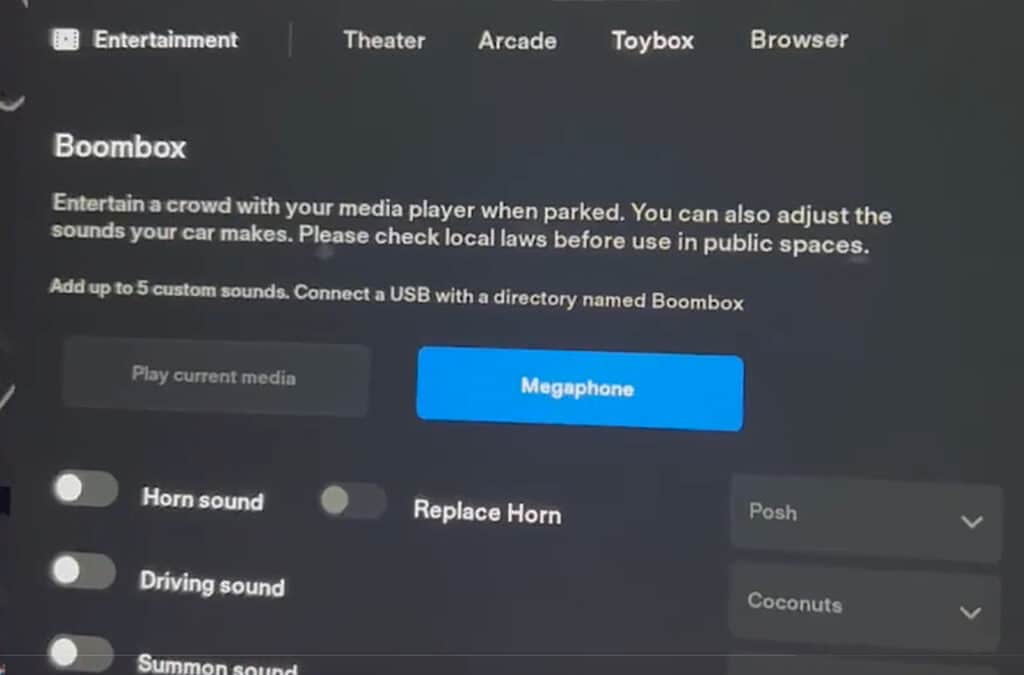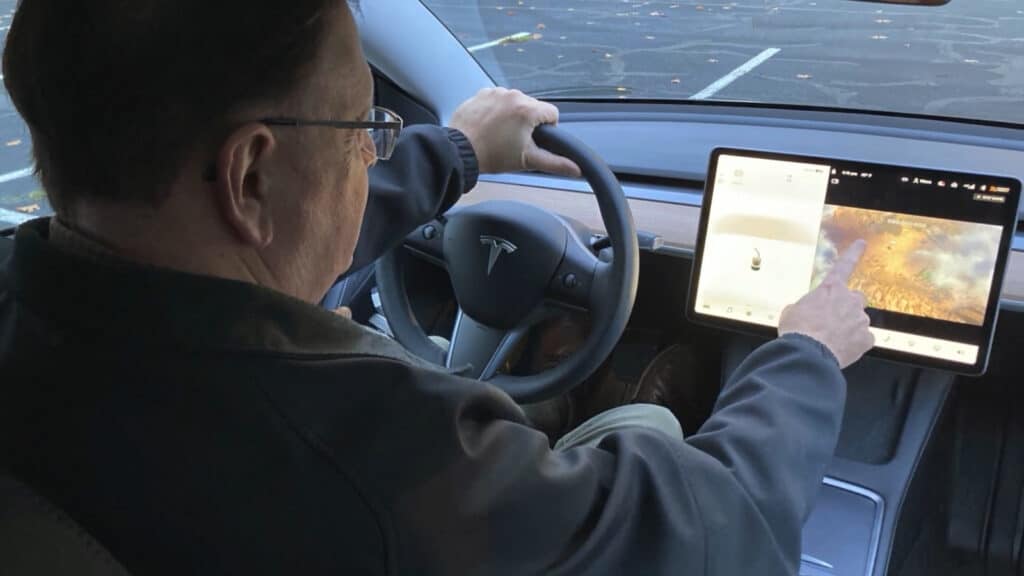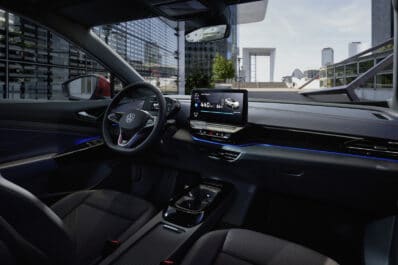Tesla’s issued another recall — more than 578,000 vehicles — because its Boombox function may “obscure” the vehicle’s Pedestrian Warning System sounds.

The Boombox function allows users to play preselected sounds or one of their choosing through speakers designed for the warning system, aka PWS. Federal rules mandate the sound for the safety system must be distinct from any other coming from the vehicle.
The issue affects all Tesla’s with the capability built since 2020, plus the Model 3 from 2017-19, NHTSA notes. Tesla’s informed federal safety officials is plans to resolve the issue with an over-the-air update. The fix will disable Boombox functionality while the car is in Drive, Neutral or Reverse.
Owners of the affected vehicles will get the update this month, according to NHTSA. “No further action is necessary from owners whose vehicles are equipped with firmware release 2021.43.101.2 or 2022.8 or a later release.”
Vehicles that haven’t been delivered yet will not be given to customers without the update being implemented. Tesla said it was unaware of any crashes, injuries or fatalities related to the issue.
Company fixing issues
Tesla’s been on a bit of a recall run in recent months, issuing 10 in the last four months, noted Reuters, perhaps the most prominent involving the touchscreens in the company’s vehicles. Just last week, the company recalled 817,000 vehicles.

The problem involved the reminder chimes designed to alert drivers who fail to buckle up. That is considered a defect under FMVSS 208, the safety guidelines used by the NHTSA to determine whether a full recall is needed. An over-the-air update resolved that issue as well.
Tesla has agreed to recall nearly 135,000 battery-electric vehicles equipped with touchscreens that are prone to unexpectedly failure — which could make it difficult for motorists to operate the vehicles and potentially lead to a crash.
The recall covered two of Tesla’s original product lines, a total of 134,951 Model S sedans and Model X SUVs. The problem had been widely reported by owners and Tesla was making free repairs on an ad hoc basis, but that didn’t satisfy the National Highway Traffic Safety Administration, which felt that the screens should be replaced before they fail, avoiding the chance that drivers would be left at risk.
OTA making Tesla’s life easier
Tesla pitched its over-the-air update technology as a way to keep its vehicles interesting and virtually new to owners. However, the secondary benefit is that it often allows Tesla to issue and implement recalls quickly — overnight in some instances.

Tesla has used the remote software update system repeatedly in recent weeks:
- It was pressed by NHTSA last month to delete a feature that allowed motorists to play videogames on their Tesla infotainment screens while driving;
- The safety agency also demanded that Tesla deactivate a new feature on its “Full Self-Driving” system that allowed vehicles to roll through stop signs at speeds up to nearly 6 mph;
NHTSA, meanwhile, is looking into a variety of reported problems with various versions of Autopilot, including a crash in California that resulted in two fatalities. A motorist has been charged with manslaughter in that case. Another investigation is looking at why a number of Teslas operating in Autopilot have slammed into stationary emergency vehicles.
While many of the recent problems Tesla has faced were resolved using OTA software, the automaker has had its share of mechanical problems, as well. In December, it recalled 475,318 Model 3 and Model S sedans to fix defects involving the latches of their frunks, or front trunks. The problem with the Model 3 could cause the vehicle’s backup camera to fail, according to Tesla. With the Model S, the latches could unexpectedly release while driving, causing the hood to fly open.







